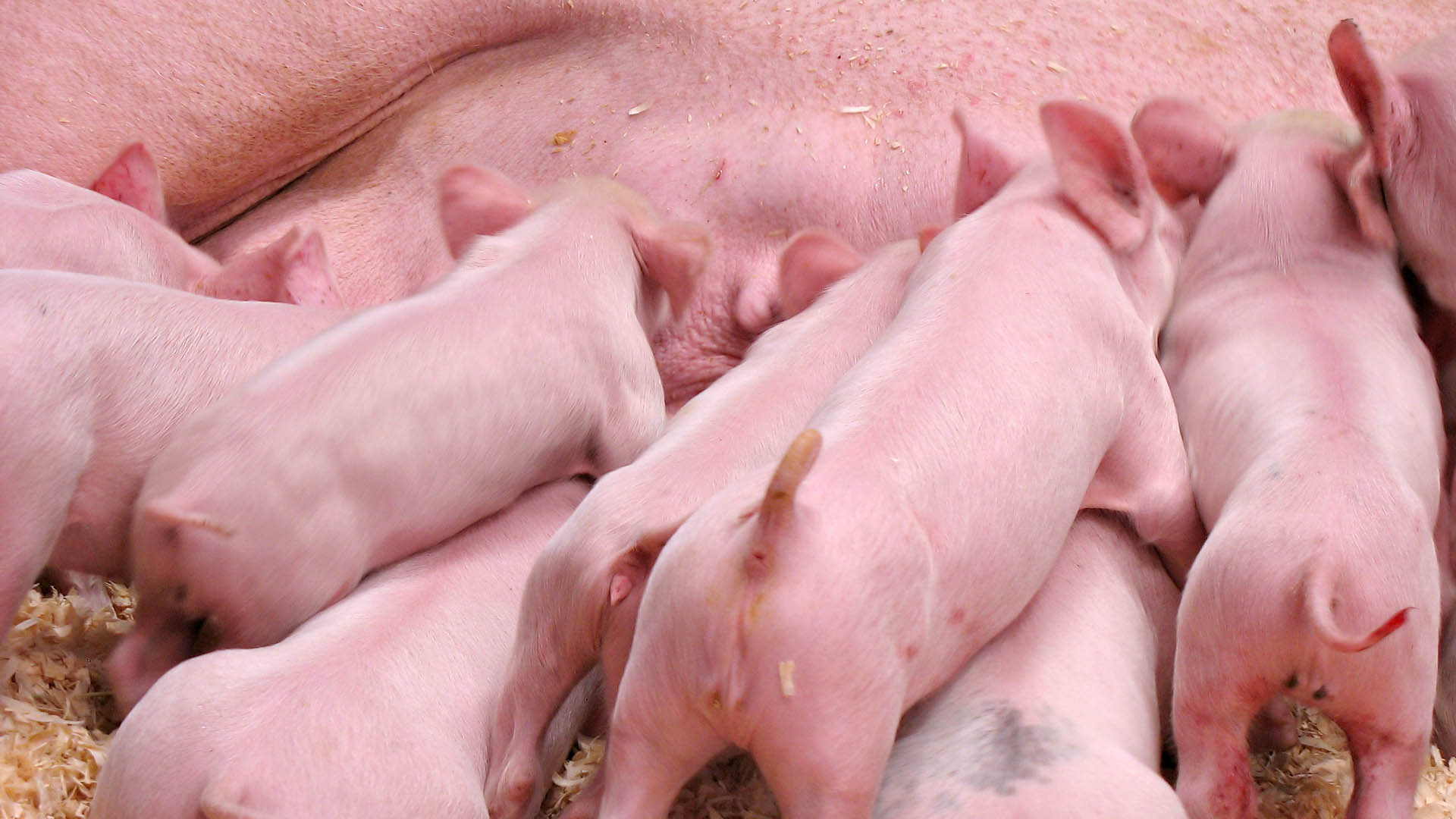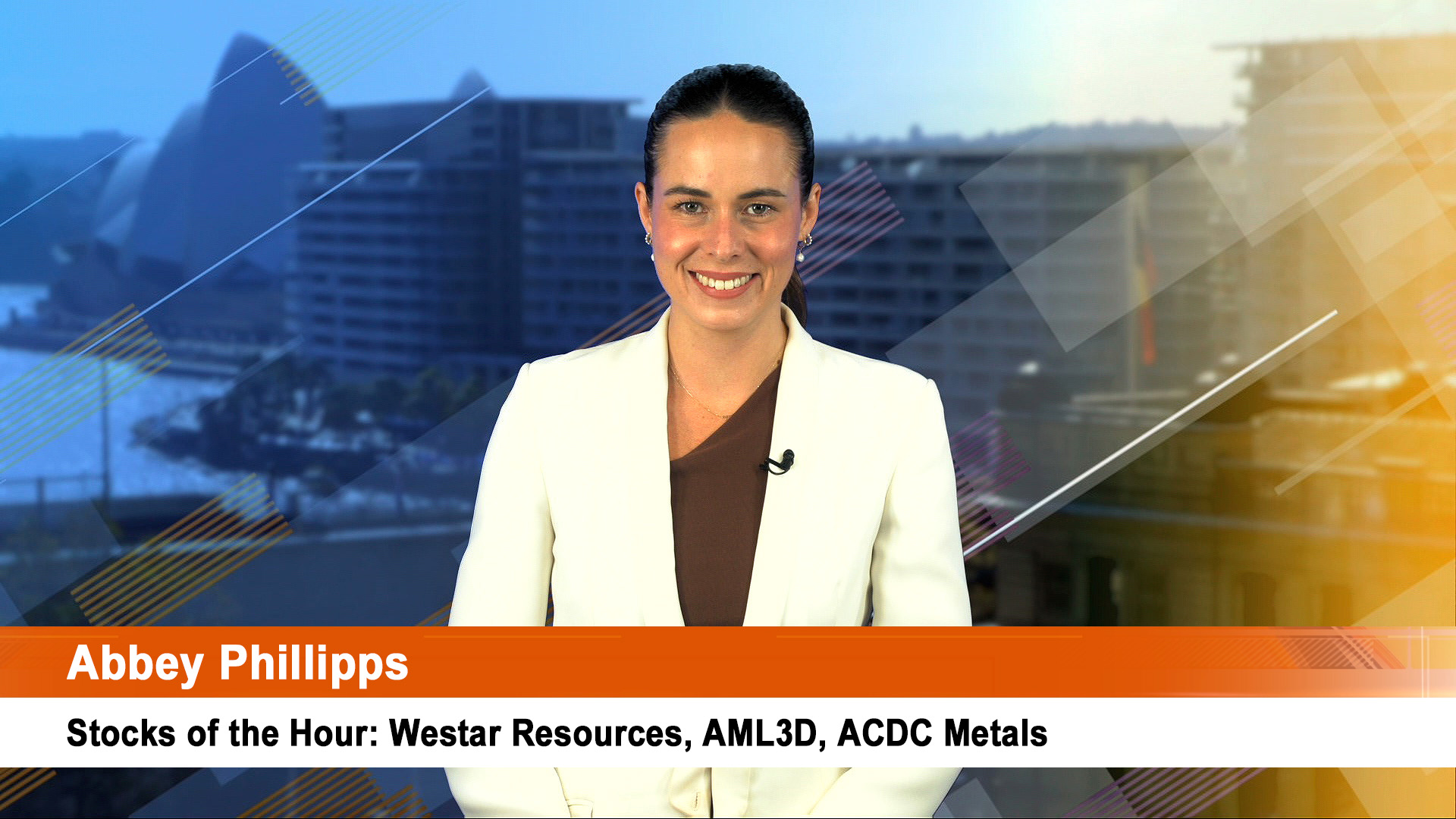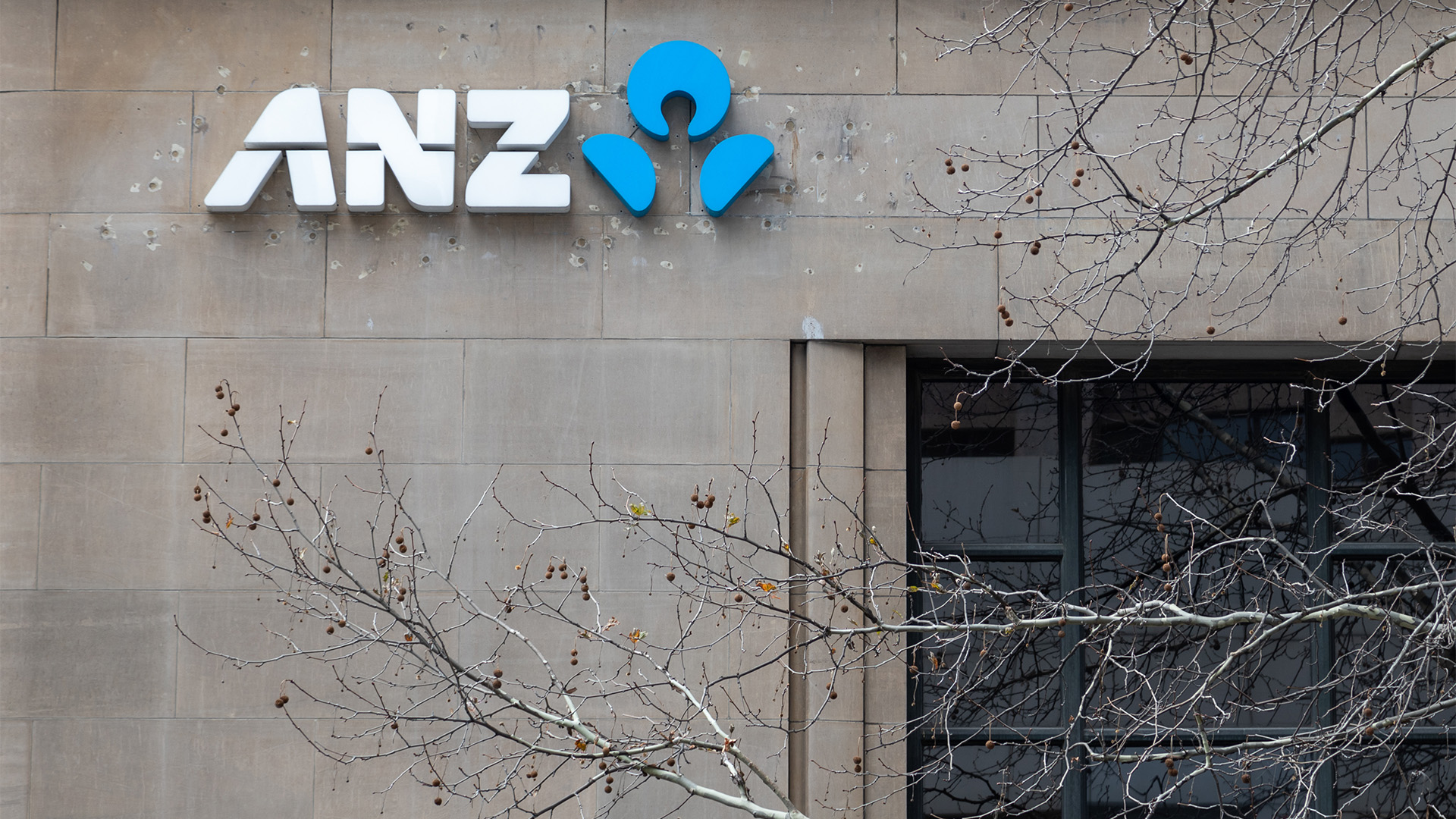A day after the surprisingly strong first quarter GDP figures surprised the markets, we had a cold dose of realism from substandard retail sales and a record trade deficit for April.
In fact the retail sales were a shock – the Bureau of Statistics reporting no growth in sales in April from March, while the trade deficit surged to an all time high, thanks to missed coal exports from central Queensland in early April because of Cyclone Marcia, and a surge in imports of capital goods.
As a result, the Aussie dollar fell sharply, snuffing out the burst of optimism seen in the wake of the GDP report.
The currency had been slipping back to around 77.80 US cents before the trade and retail sales reports were issued at 11.30 am, and that weakness accelerated in the aftermath with the currency down at just over 77 US cents.
Economists were expecting a rise of 0.3% in retail sales for April, but there was no movement in seasonally adjusted terms, though the retail sales were up 0.3% on a trend basis.
But the seasonally adjusted rise in March of 0.3% was trimmed to an 0.2% rise in a significant revision in yesterday’s report.
Retail sales stall
.png)
But the big surprise was the trade balance which soared to $3.89 billion in April, following a deficit in March of $1.23 billion. Economists had forecast a deficit of $2.05 billion in April.
Exports fell 6%, while imports were up 6%. Cyclone Marcia saw the value of coal shipments fall 22% in April from March, but iron ore prices were weaker as well, and imports of capital goods jumped sharply, up $546 million or 10% in the month as imports of machinery and industrial equipment, surged $1.232 million or 69%, blowing out the size of the deficit.
The Bureau of Statistics said there was trend growth of 0.2% in April in food, household goods and department stores. Better figures were recorded in cafes, restaurants and takeaway food services where growth was 0.4%, while sales of clothing, footwear and accessories rose 1%.
But in seasonally adjusted terms it was mostly weak to negative growth, Increases in sales of furniture, houseware, clothing and in restaurants/cafes were offset by falls in sales of liquor, footwear and recreational goods and department stores where they were down 0.7%.
The ABS said that in seasonally adjusted terms there were rises in Victoria (0.5%), the ACT (0.6%), South Australia (0.1%) and the Northern Territory (0.1%).
"New South Wales was relatively unchanged (0%). There were falls in Queensland (-0.6%, Tasmania (-0.9%) and Western Australia (-0.1%). Online retail turnover contributed 3% to total retail turnover in original terms,” the ABS added.













